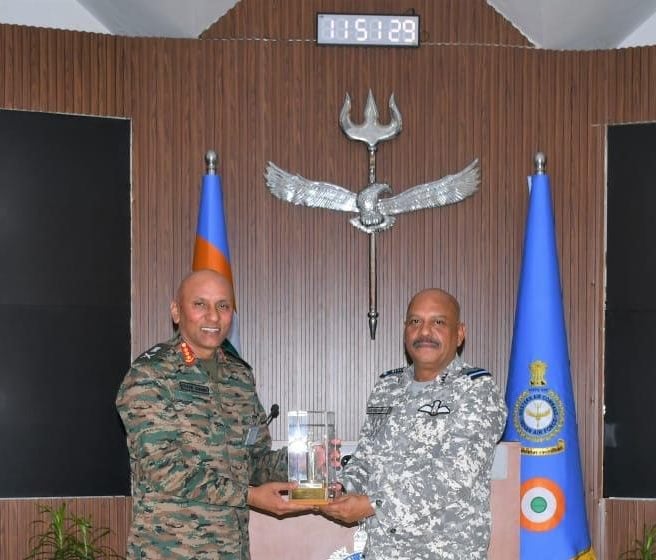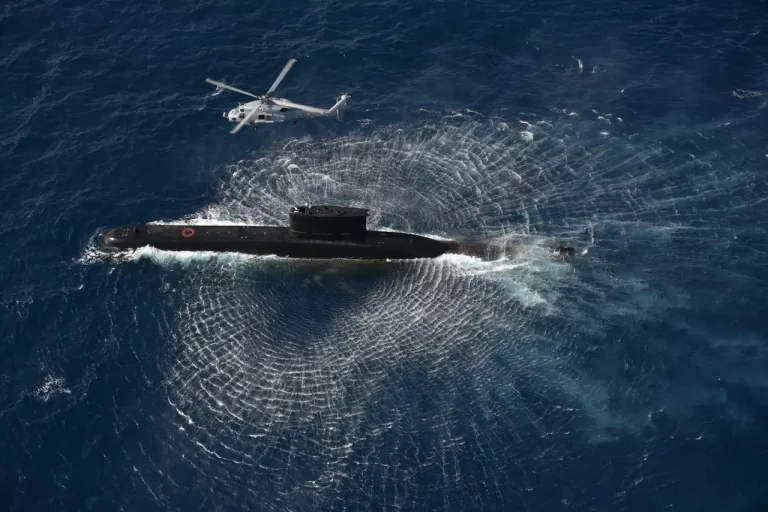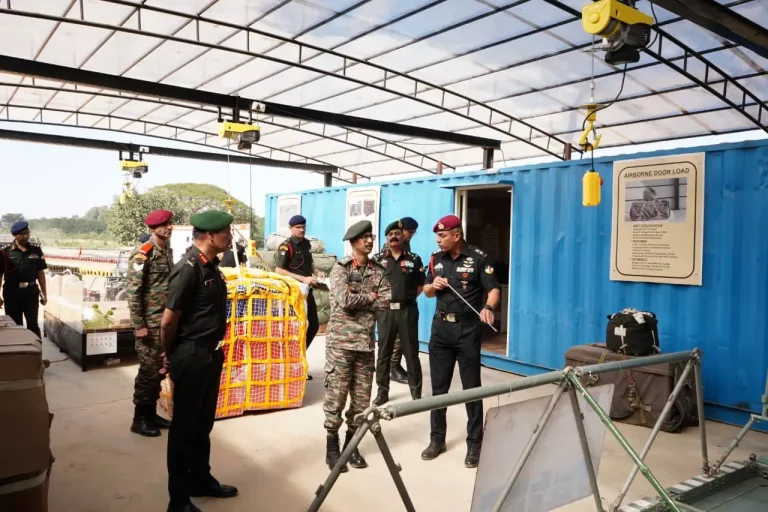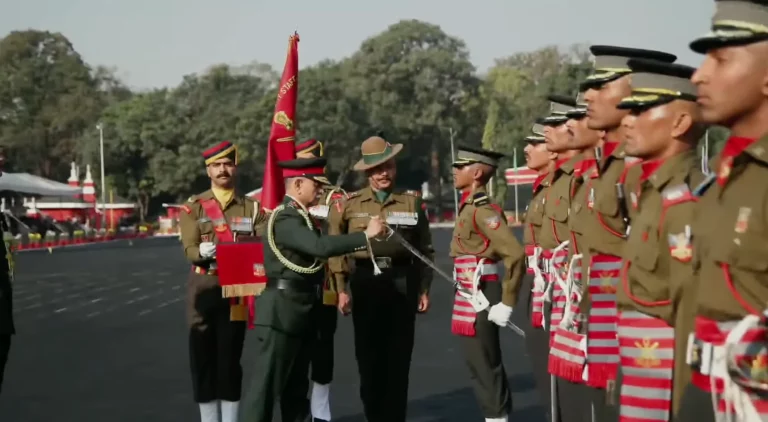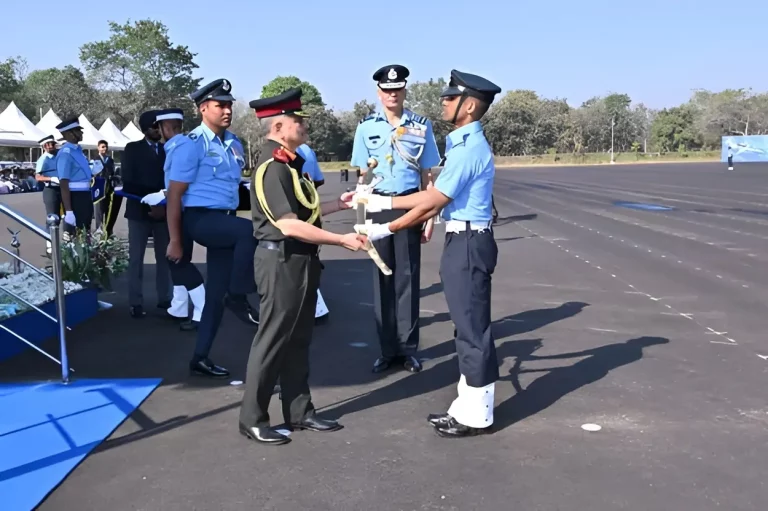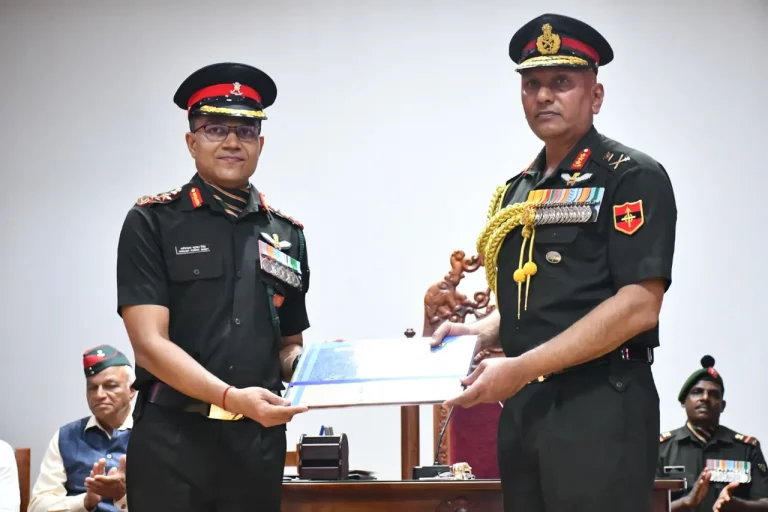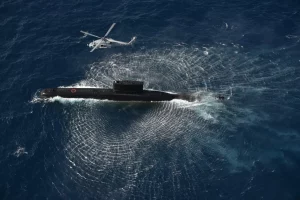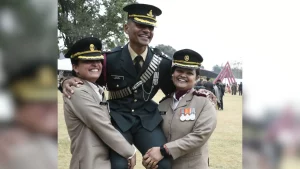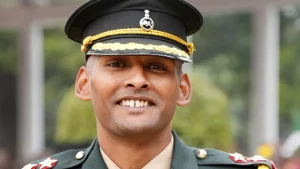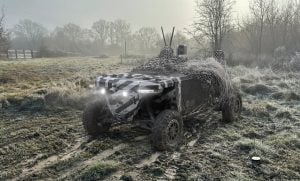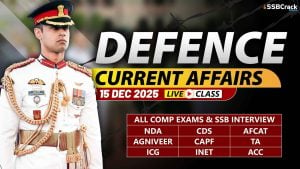In a significant move aimed at bolstering inter-service coordination, senior military officials convened for a high-level strategic meeting to discuss enhancing collaboration between the Indian Air Force and the Indian Army. Air Marshal Jeetendra Mishra, Air Officer Commanding-in-Chief of the Western Air Command, and Lieutenant General Pratik Sharma, General Officer Commanding-in-Chief of the Northern Command, engaged in discussions focused on improving joint force application within a multi-domain operational environment. This is particularly critical in the western sector, a sensitive area due to its proximity to both the Line of Control (LoC) with Pakistan and the Line of Actual Control (LAC) with China.
The meeting signifies an important step toward fostering closer ties between the two branches of the Indian Armed Forces, a necessity underscored by the evolving nature of modern warfare. Historically, both commands have played crucial roles in safeguarding national interests, notably during key conflicts such as the 1999 Kargil War. The Western Air Command was established in 1963 as a response to the Sino-Indian conflict, while the Northern Command was re-formed in 1972, cementing their significance in India’s defense strategy.
Both Air Marshal Mishra and Lt Gen Sharma, who were appointed earlier this year, emphasized the pressing need for enhanced interoperability between the services. Their collaboration falls in line with the military’s overarching focus on integrated theatre commands and network-centric warfare, which spans cyber and space domains. Analysts suggest that improving coordination and joint operational capabilities could potentially increase effectiveness in high-threat environments by as much as 35%, drawing on global standards for joint military operations.
This strategic dialogue not only reflects India’s commitment to adapting its defense posture in response to changing geopolitical landscapes but also aims to ensure seamless synergy between air and ground forces in strategically vital regions. Through such interactions, the Indian military is positioning itself to better address the complexities of modern conflict scenarios.
